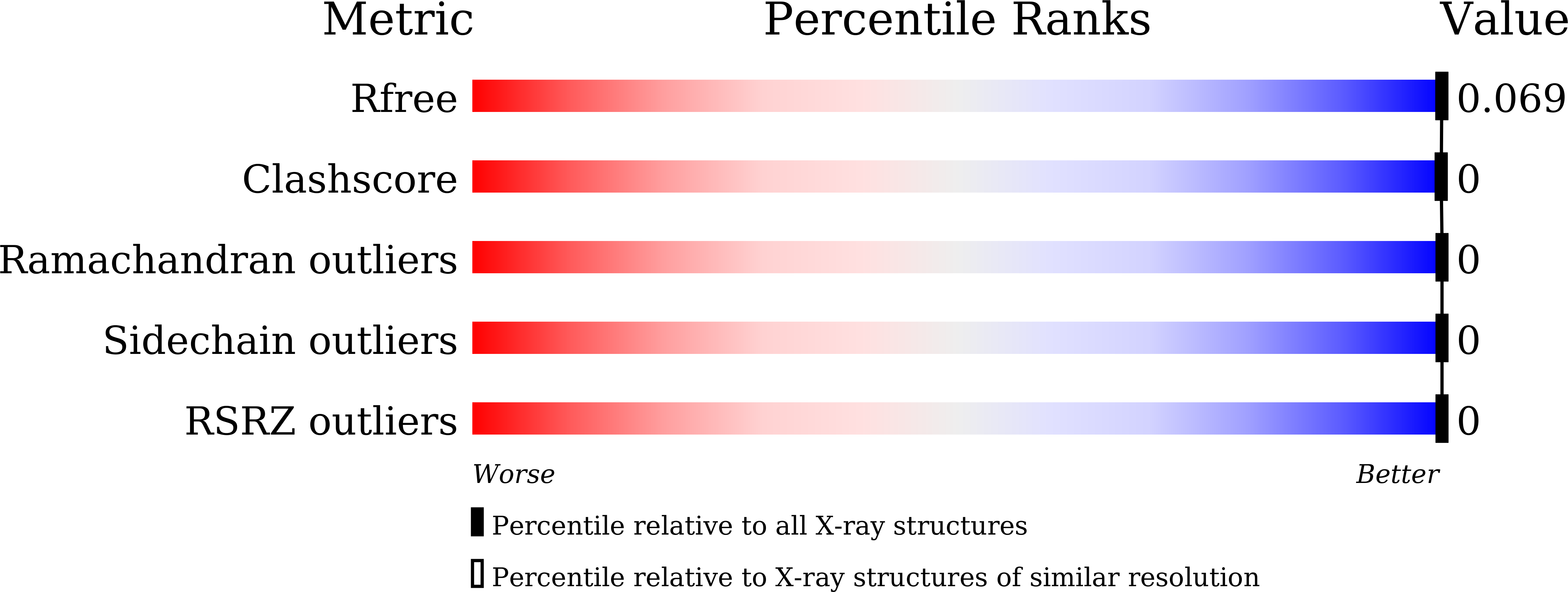
Deposition Date
2024-08-27
Release Date
2025-04-09
Last Version Date
2025-04-16
Entry Detail
PDB ID:
9JBL
Keywords:
Title:
Crystal structure of amyloidogenic peptide Bz-FFAALL-NH2
Biological Source:
Source Organism:
Homo sapiens (Taxon ID: 9606)
Method Details:
Experimental Method:
Resolution:
1.00 Å
R-Value Free:
0.04
R-Value Work:
0.03
R-Value Observed:
0.03
Space Group:
P 1 21 1


